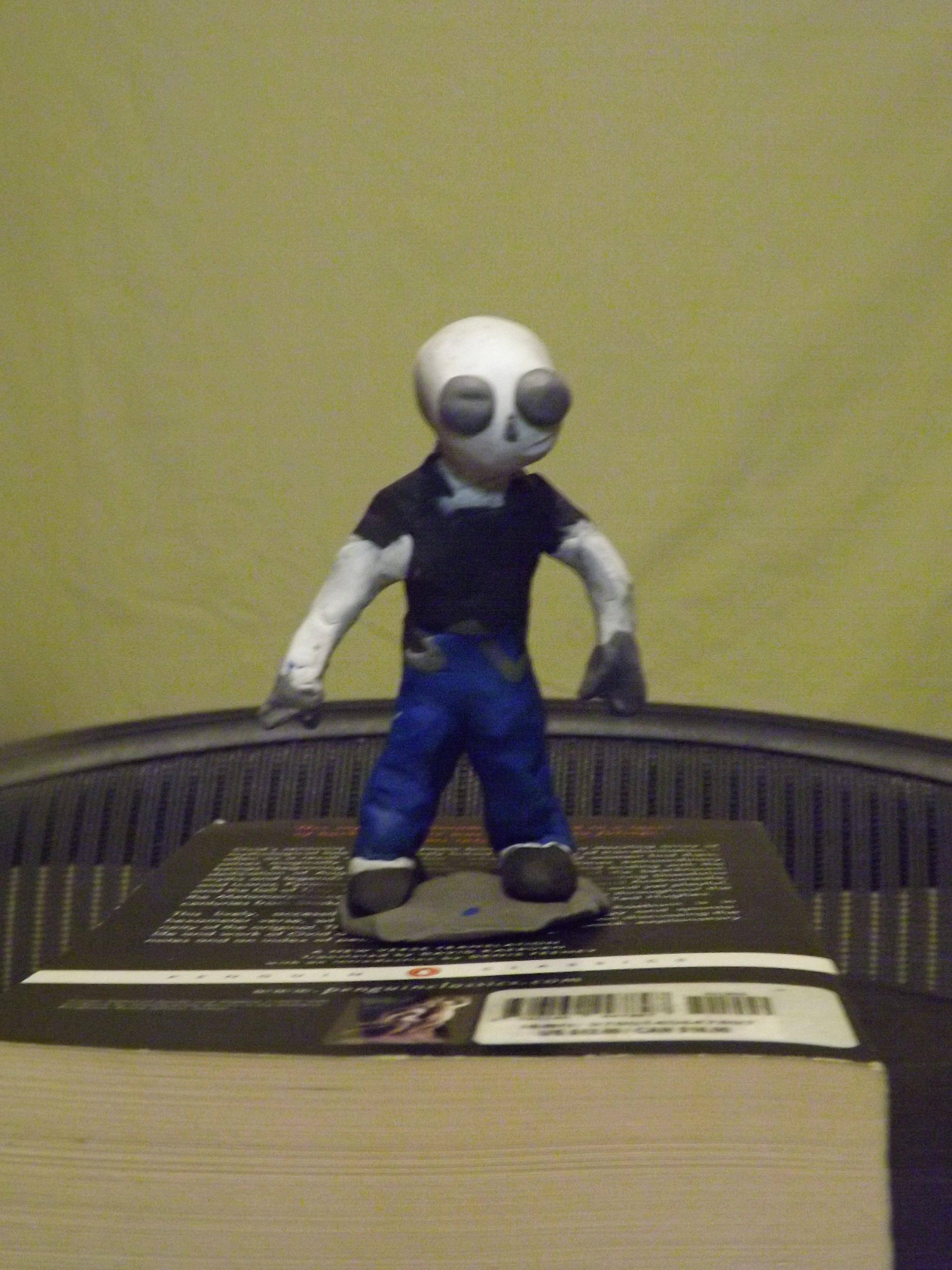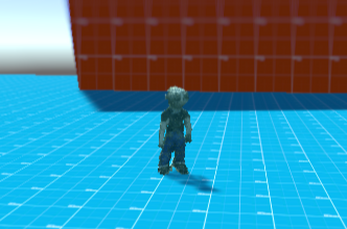Claymation Test
Cuphead and Papetura are games with incredible stylization due to the physical nature of their creation. They’ve inspired me to work on an analog project.
Feature films like Coraline and Jan Švankmajer’s Alice In Wonderland adaptation: ‘Alice’ show the incredible stylized art of claymation. This project seeks to show the viability of emulating these styles in games, and the potential pipeline for creating them.
For this experiment I had 3 goals
- Consider, given studio budget, the process to make a high quality claymation game
- Test viability for making a small scale indie or game jam project
- See if a claymation effect in game looks any good
Games like The Neverhood and Skullmonkeys have utilized claymation, but only from a fixed perspective with pre recorded animations. I challenged myself to look at 3D characters and environments that could be seen from any angle, at any time.
Claymation involves taking sequences of pictures with small changes and playing them one after another, just like a sprite sheet. It’s also an inherently 3d medium so the only difficulty (naive me thought) would be 3D capture. This was good news! 3D capture is doable at home.
The idea was to
- Capture a multitude of pictures from different angles
- Mask out the non subject elements of the images
- Use software to produce a 3d model
- *optionally clean the model in modeling software
- import and render in engine
So I got to work. A DIY grocery list: rotating table, greenscreen, DSLR camera, even lighting
I created a softbox out of cardboard, paper, and makeup lights.
This was so simple because it’s the same process for any photogometry model, which can be seen in games such as battlefront and the Unity Book Of The Dead demo, Unity being the game engine I was planning to use. Here is where I started to foresee some problems of practicality.
Firstly, taking the number of pictures needed to make a usable 3d model (20-60) is time stacking. I’m no animator, but I imagine making the number of frames needed (~720 changes per minute depending on the frame rate) is a process any animator would want to minimize as much as possible.
Secondly, the models produced, unlike a hand made model or even a smartly generated model, the photogrammetry models are very high poly. In the frame by frame animation process I was modeling (pun intended) this after, each frame takes up significantly less space.
I used the Fujifilm Finepix S4200, image quality is very important for model quality. Sadly my camera only had 14 megapixels, ideally you would have more. Because of this I opted to make everything I could easier for the modeling program. That’s why I chose to keep the camera static and rotate the subject. So the camera went on a tripod, and instead I propped my subject on a rotating desk chair. I used a brightly colored sheet as a green screen to mask everything but the subject out of the images. Lastly, I made a subject out of clay.

All setup for filming I stacked my subject on a tall pile of books and got snapping images. This process of picture rotate picture took, being conservative, 10 minutes. From there I popped the images onto the computer and deleted the blurry or bad images.
For software I decided to try Meshroom, powered by AliceVision. It's free and simple to use. At the same time I decided to try Adobe ReCap on their free trial. Since ReCap does its computations on its own servers there was no problem running both simultaneously. However, I’d have to wait in line for Adobe’s servers. So I went back to thinking.
10 minutes per frame makes the 720 frames per image gives us an estimate of 2 hours of filming per minute of footage. This is less than ideal for any animator trying to mimic their usual process and makes the idea too time consuming for any game jam. Luckily there’s a solution for this.

With a triple A budget a full capture rig could be setup to exponentially decrease creation time.
Finally I rigged my model and imported into Unity. Ideally you could use animations made by claymation animators, but doing so may need the claymation characters to wear some sort of capture suit or for hundreds of models to be stored to swap through during animations. In my case I used a humanoid asset pack. I would have rathered that the key frames chop between each other to recreate frame by frame animation but this wasn’t an option for my project.
Finally I added a depth of field effect to make the character feel small.
Thanks for reading!
| Status | Prototype |
| Platforms | HTML5 |
| Author | Hannah Ava Sloan |
| Made with | Unity |

Leave a comment
Log in with itch.io to leave a comment.